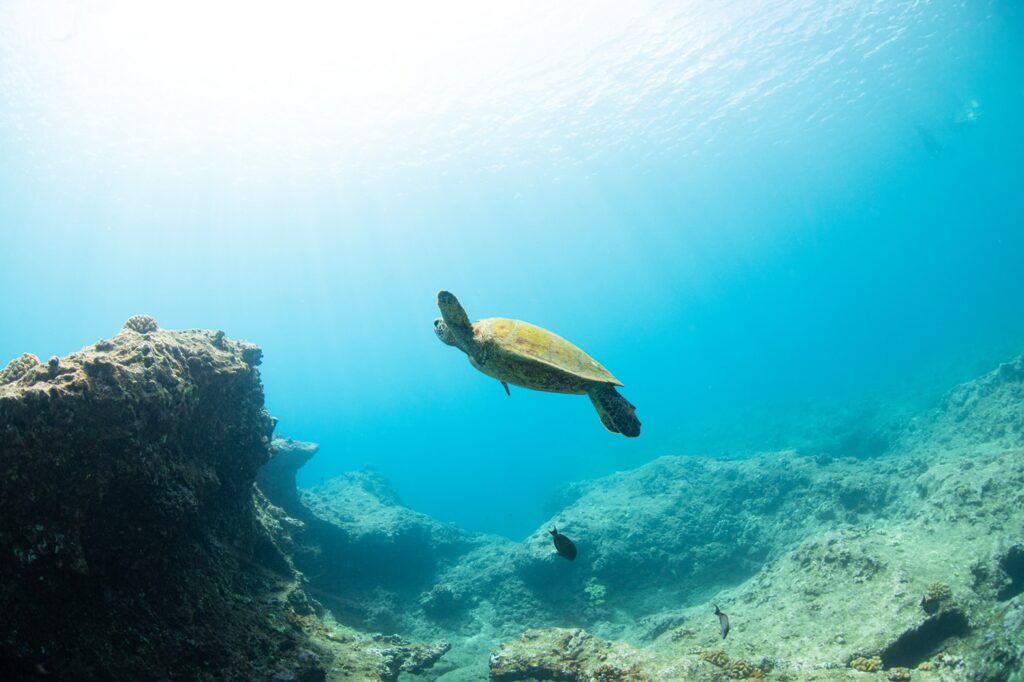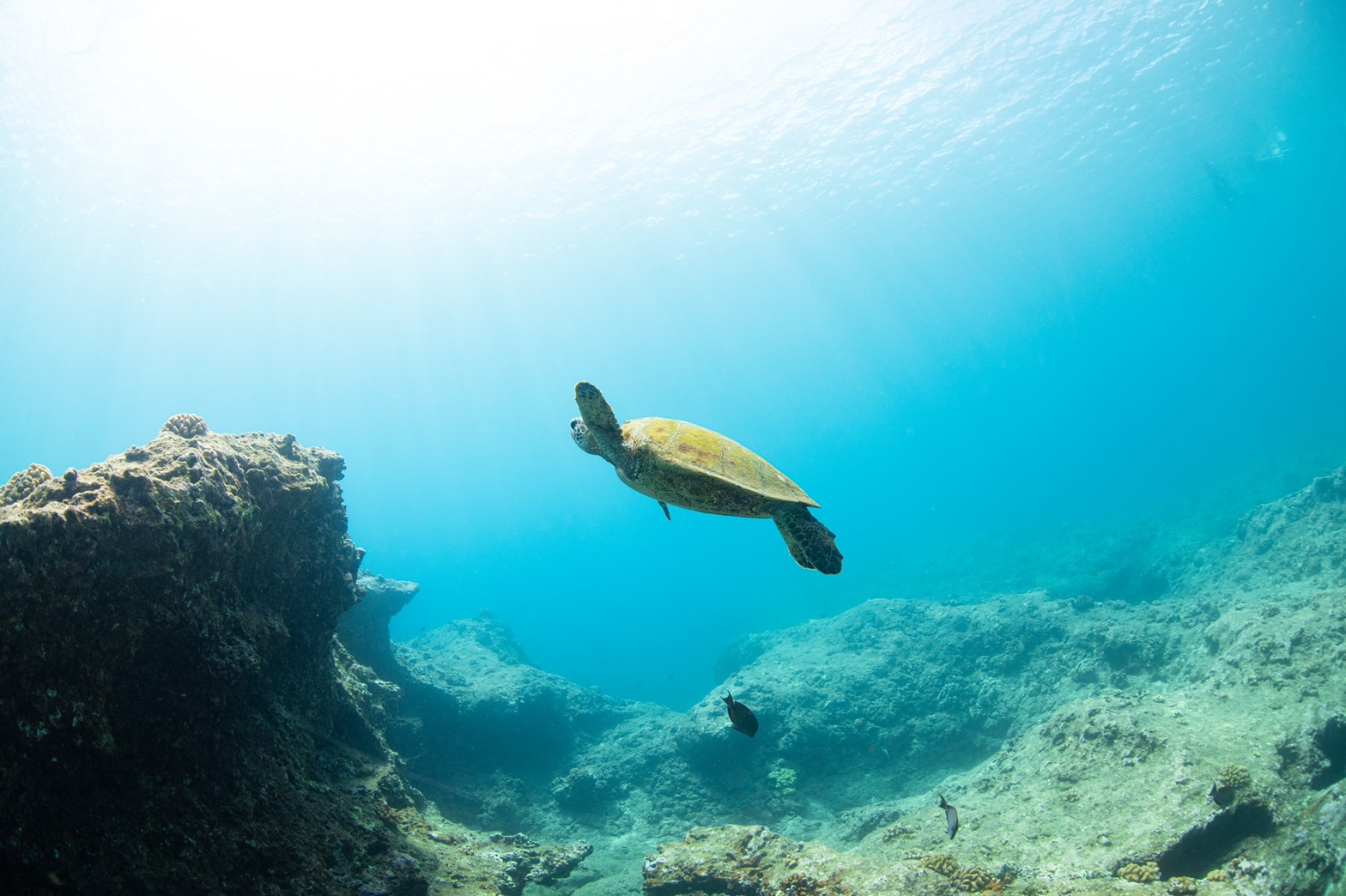
About 700 years ago, Indigenous Polynesians hunted green sea turtles.
The first phase was during indigenous Polynesian societies (1250 -1778). Archeological excavations, for example, indicate hunting pressure from indigenous Polynesians was widespread and probably extirpated important nesting areas in the MHI.In the 1800s, ships from Europe, North America, and Asia visiting the uninhabited NWHI frequently made large turtle harvests for subsistence and commercial trade
(Elschner, 1915; Amerson, 1971; Kittinger et al., 2011; Van Houtan et al., 2012).
The second phase is between European contract and World War (1779-1945).
By 1900, green turtles were ubiquitous in Honolulu markets and restaurants.
(Amerson et al., 1974; Clapp and Wirtz, 1975; Kittinger et al., 2011; Van Houtan et al., 2012).
The final phase is between World War II and when federal and state protections began (1946-1974).
From 1948 to 1974, commercial fishermen needed licenses and were required to file catch report when harvesting green turtles
(Van Houtan and Kittinger, 2014).
The cumulative harvest (reported and estimated unreported) during this period from both subsistence and commercial takes was 5,000-6,000 turtles – roughly 180-23- turtles a year. However, such annual totals during this period reportedly occurred previously in Hawaii during a single day
(Amerson et al., 1974; Clapp and Wirtz, 1975; Kittinger et al., 2011; Van Houtan et al., 2012).
In 1978, hunting of green turtles has became illegal since green turtles were listed under the ESA.
References
Seminoff, J. A., Allen, C. D., Balazs, G. H., Dutton, P. H., & Eguchi, T. (2021, 10 10). Status review of the green turtle (Chelonia mydas) under the Engangered Species Act. Retrieved from National Oceanic and Atmosphenic Administration: https://repository.library.noaa.gov/view/noaa/4922
